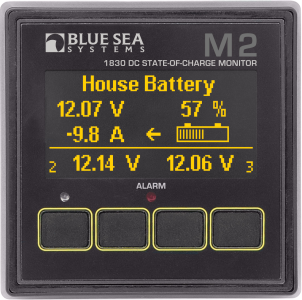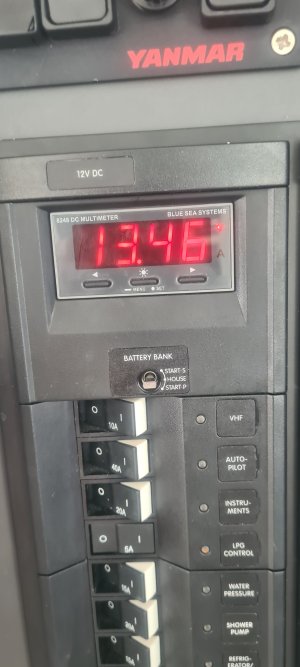Irish Rover
Well-Known Member
Can anyone recommend a relatively simple to operate battery tester for testing my 210Ah house batteries. I saw another thread recommending a Topdon unit for cranking batteries. Would this unit do the job or is there something better.


